Lenovo ThinkPad X1 Titanium Yoga review: Slim, light, but only alright
Lenovo’s thinnest-ever ThinkPad pairs sleek design with a 3:2 display
-
+
Slim, light and sturdy chassis
-
+
Bright, useful touchscreen
-
+
Crisp, satisfying keyboard
-
+
Always cool and quiet
-
-
Pricier than competitors
-
-
Middling performance
-
-
Poor physical connectivity
-
-
Disappointing trackpad

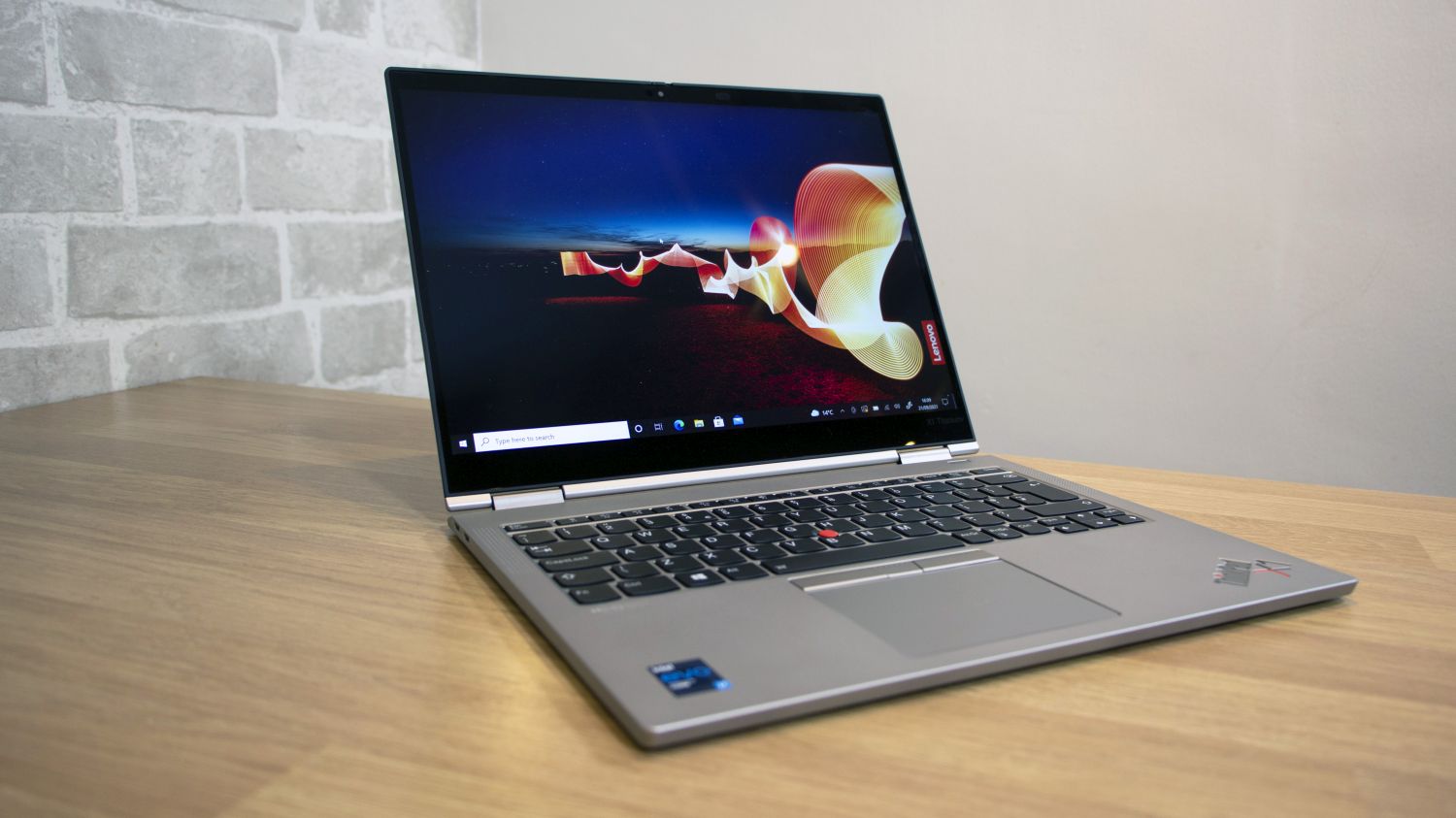
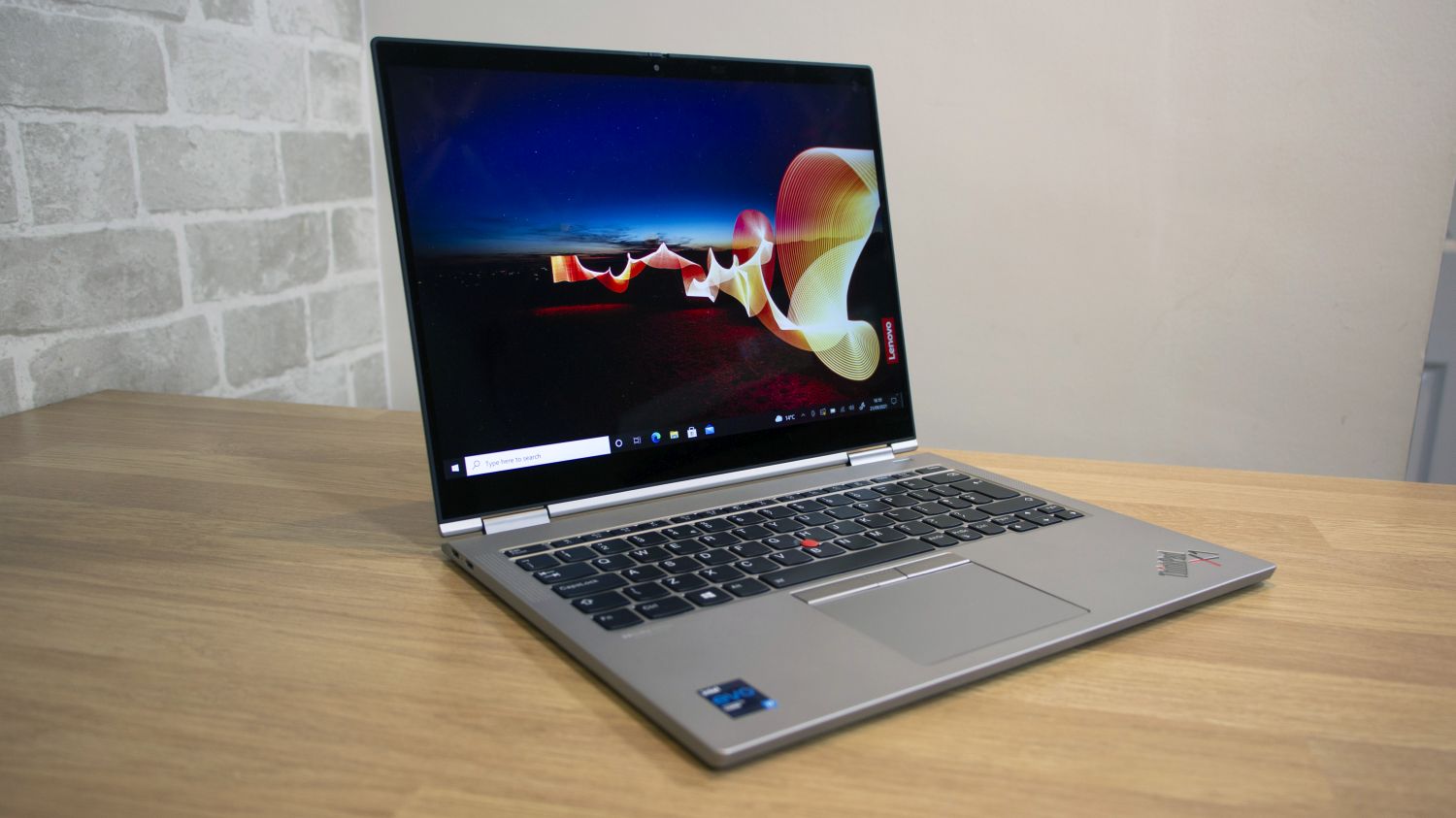
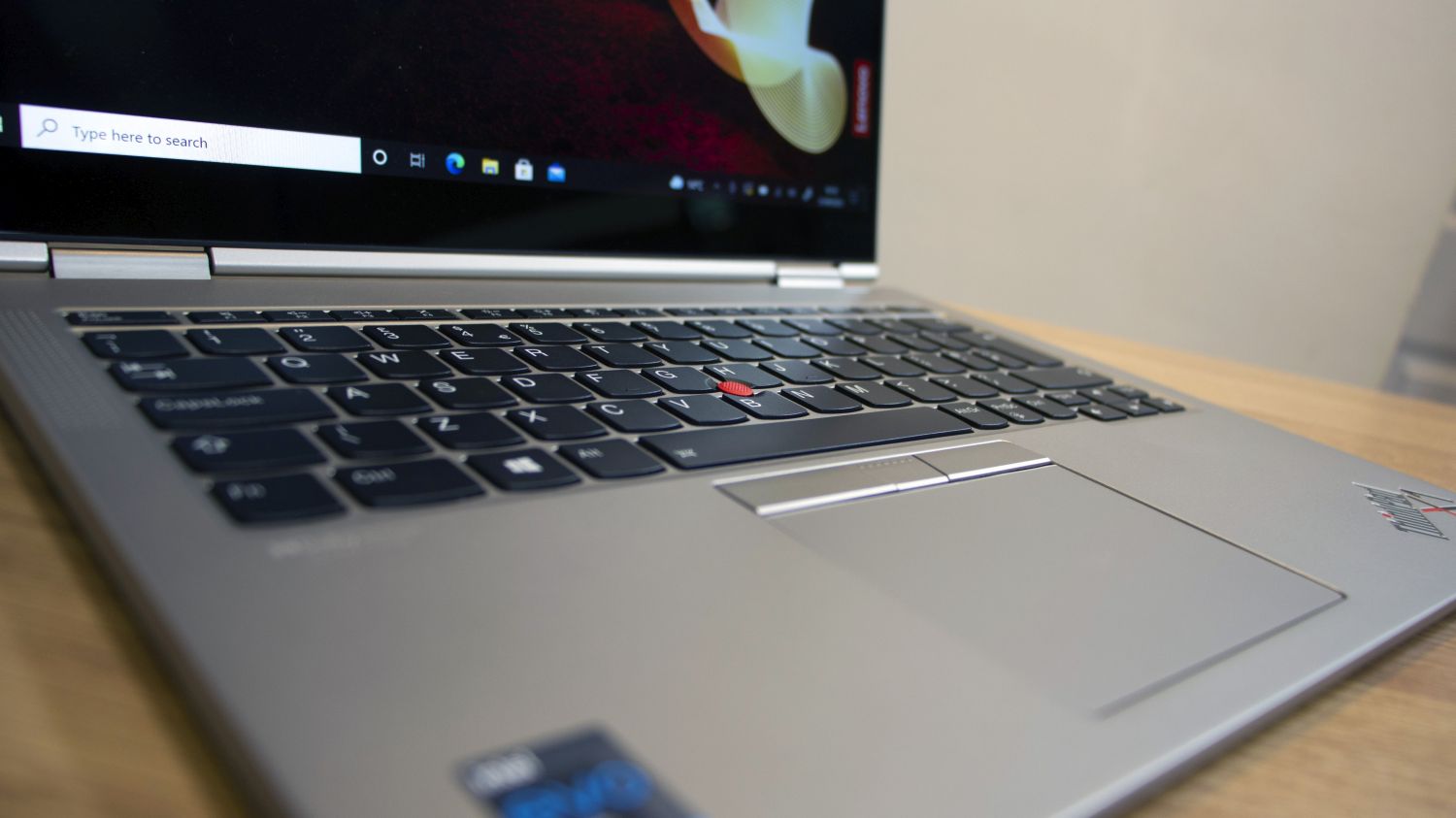
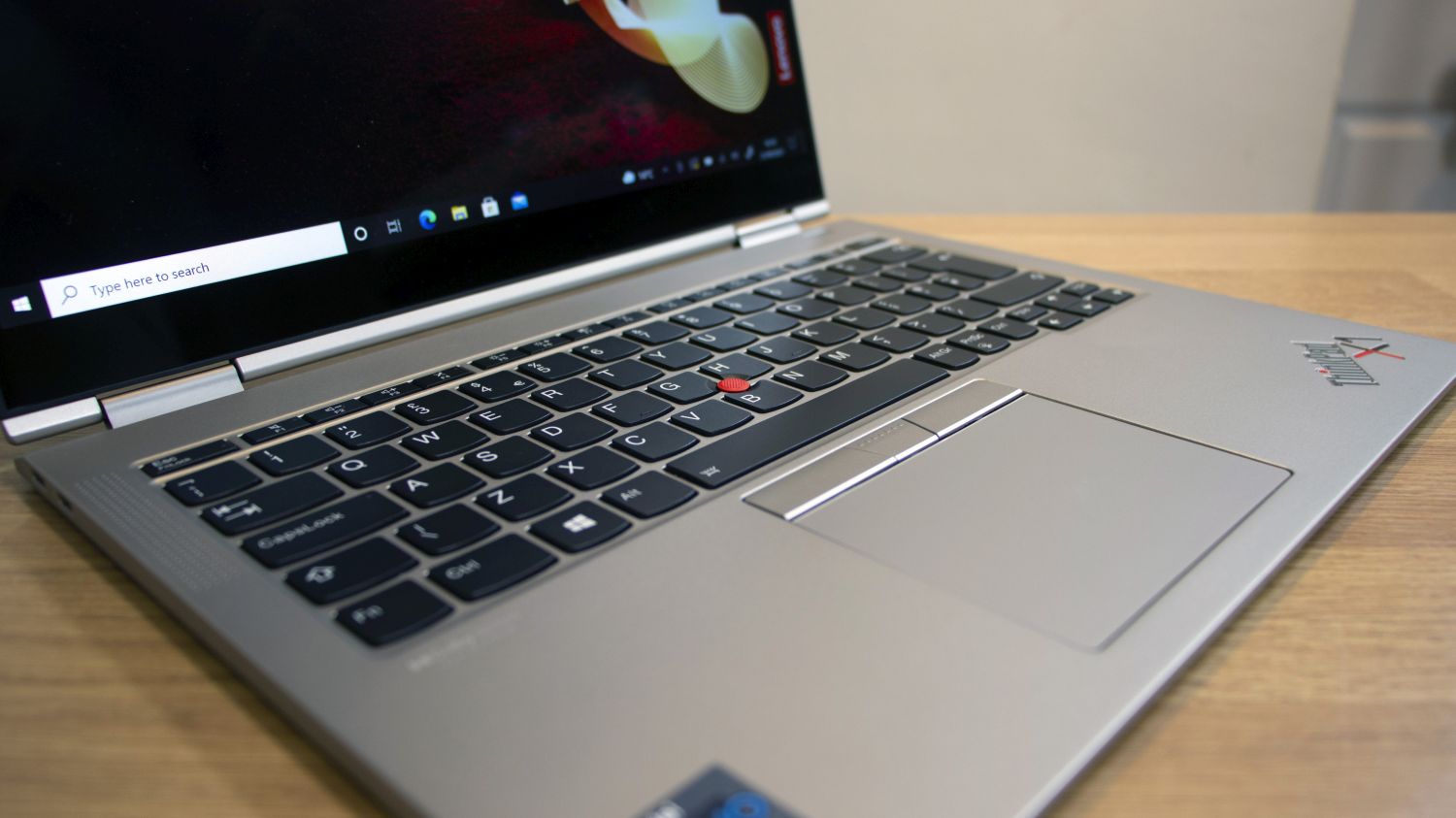
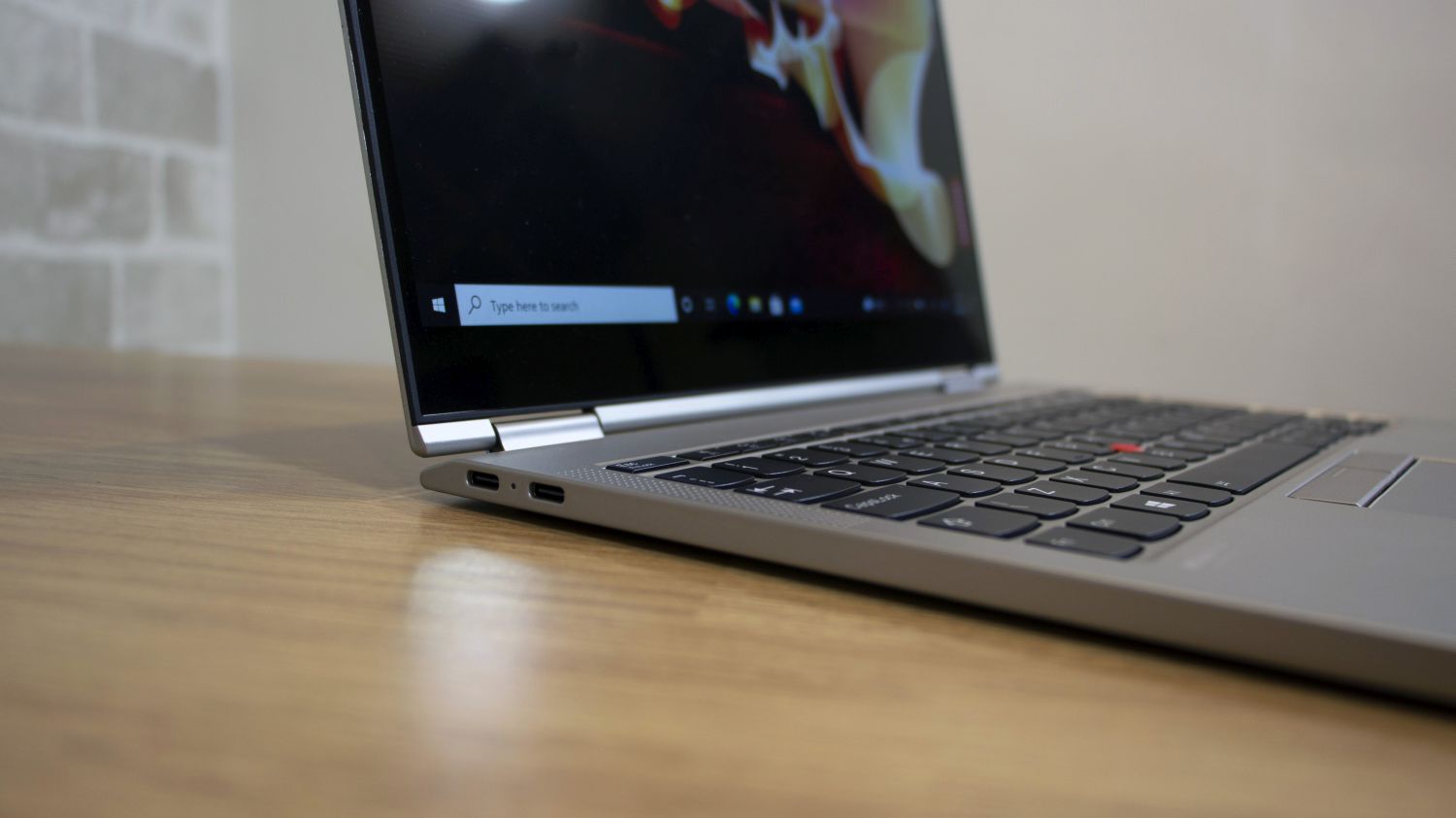
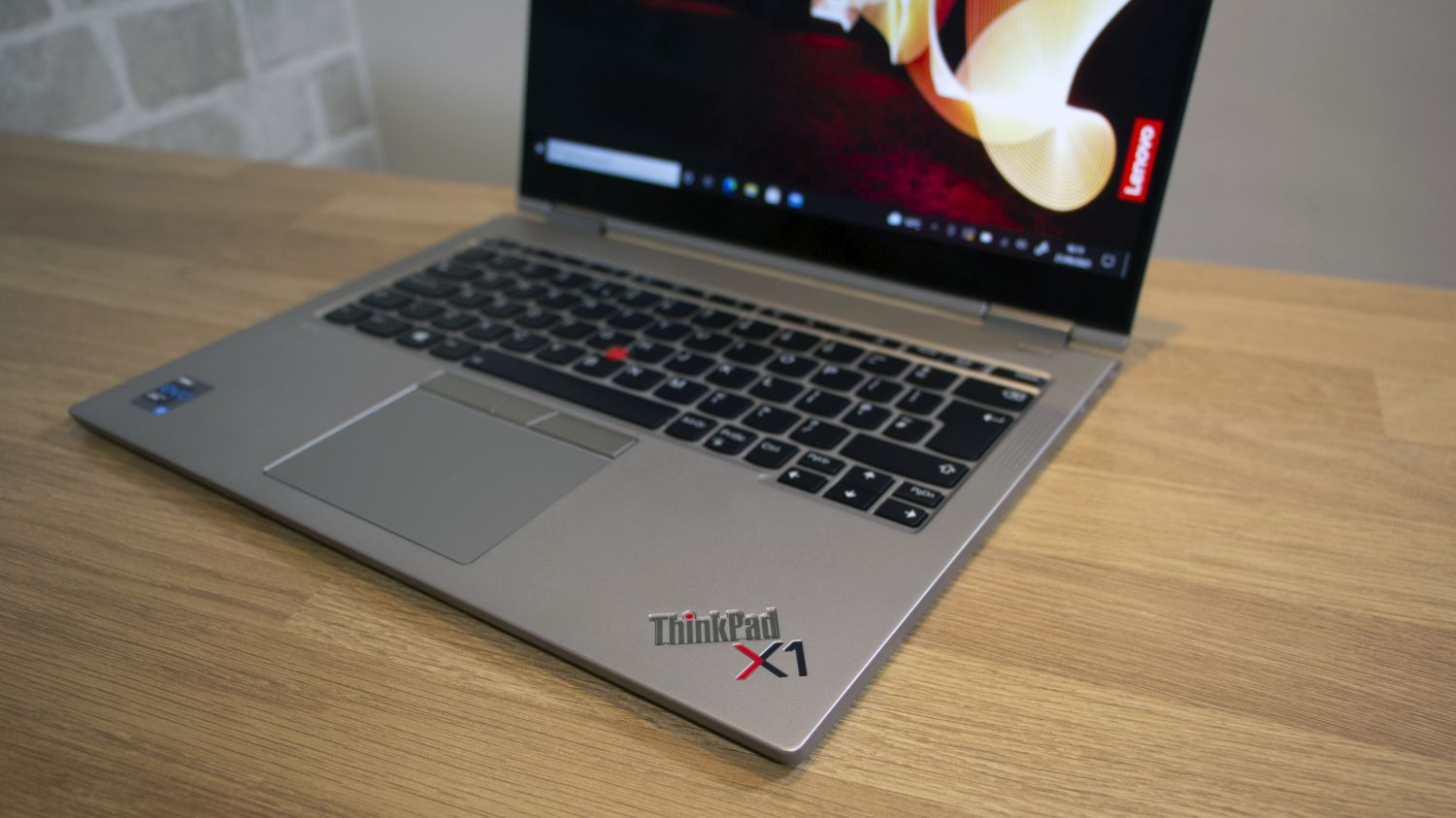
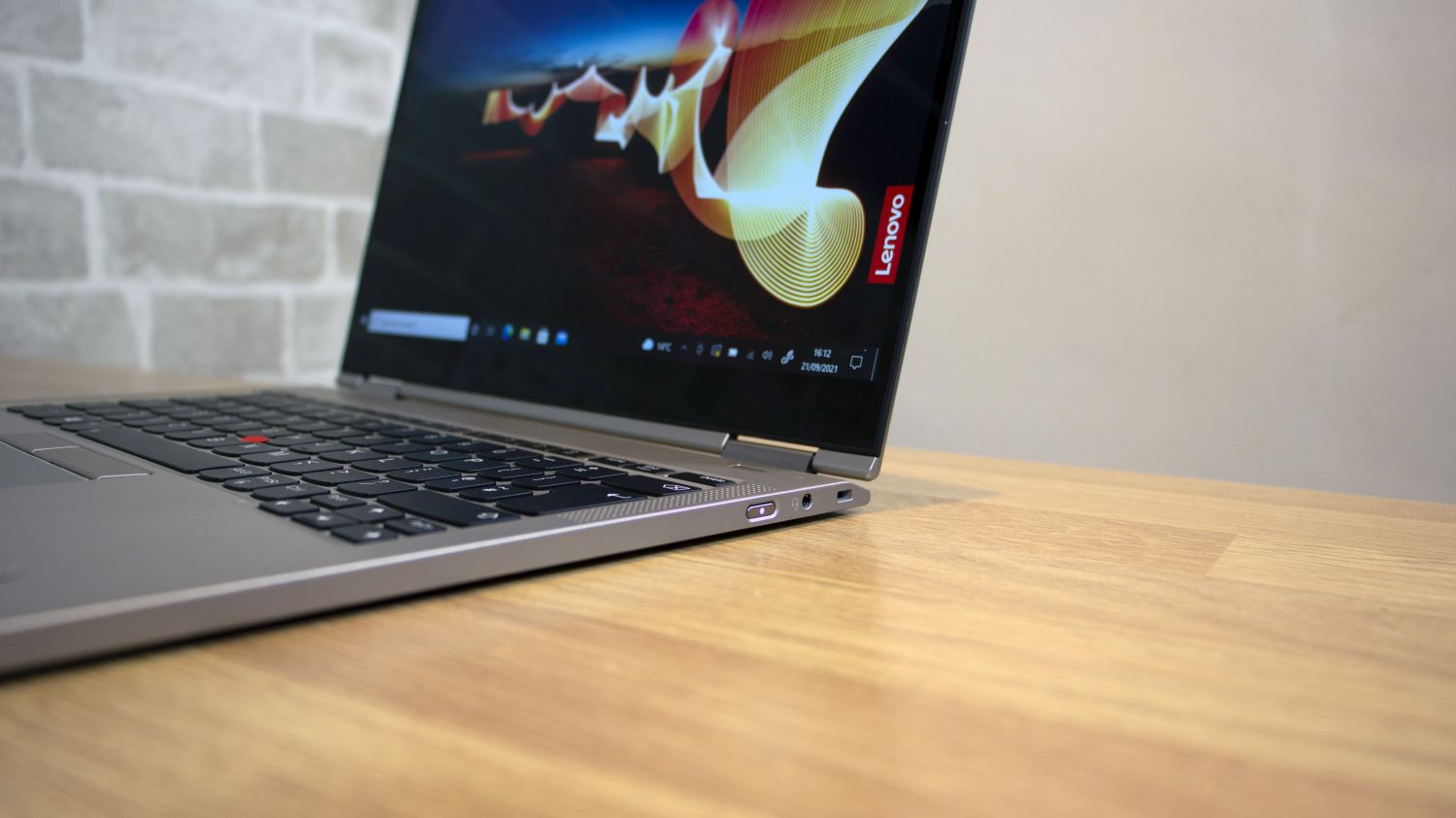
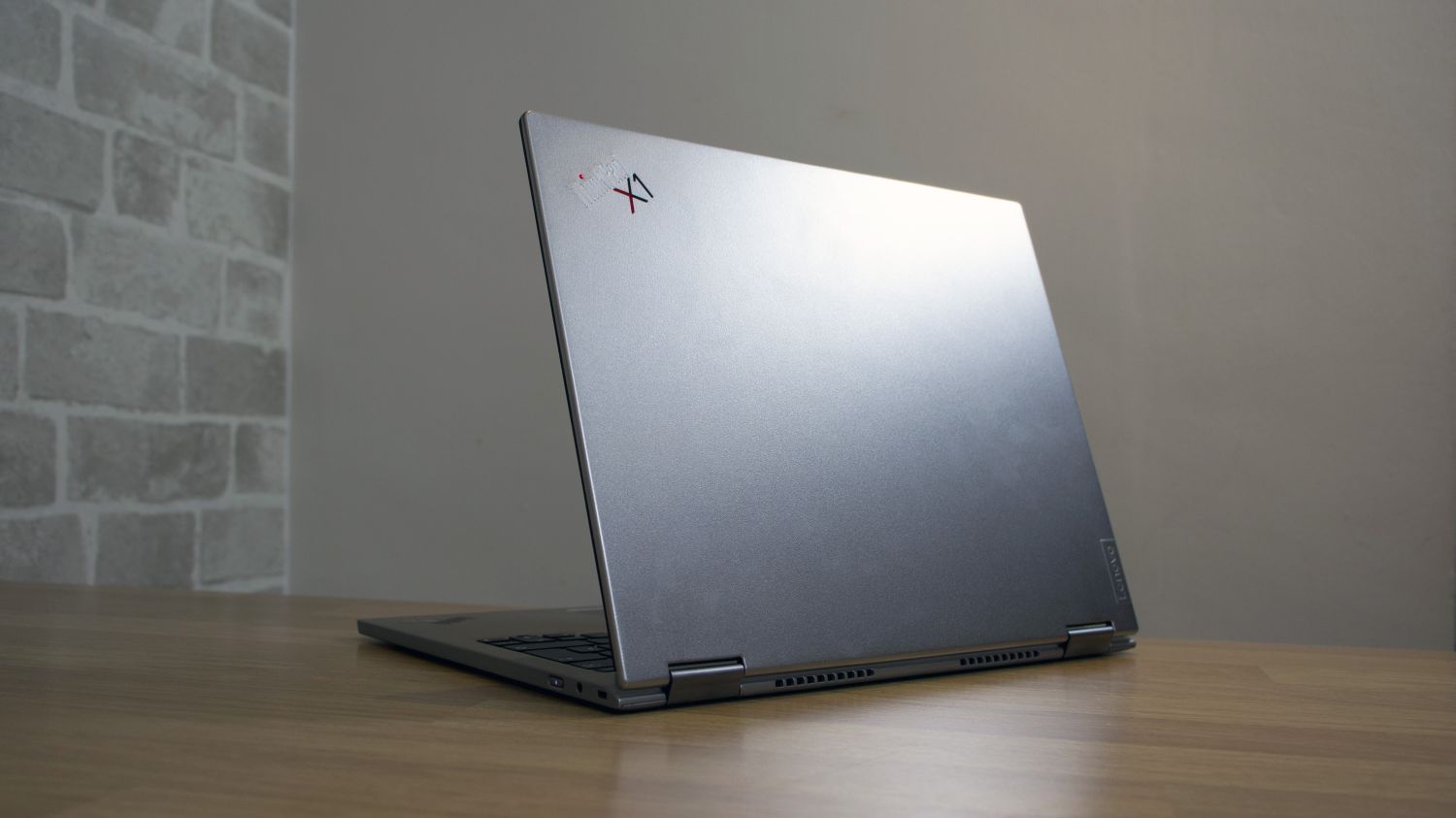
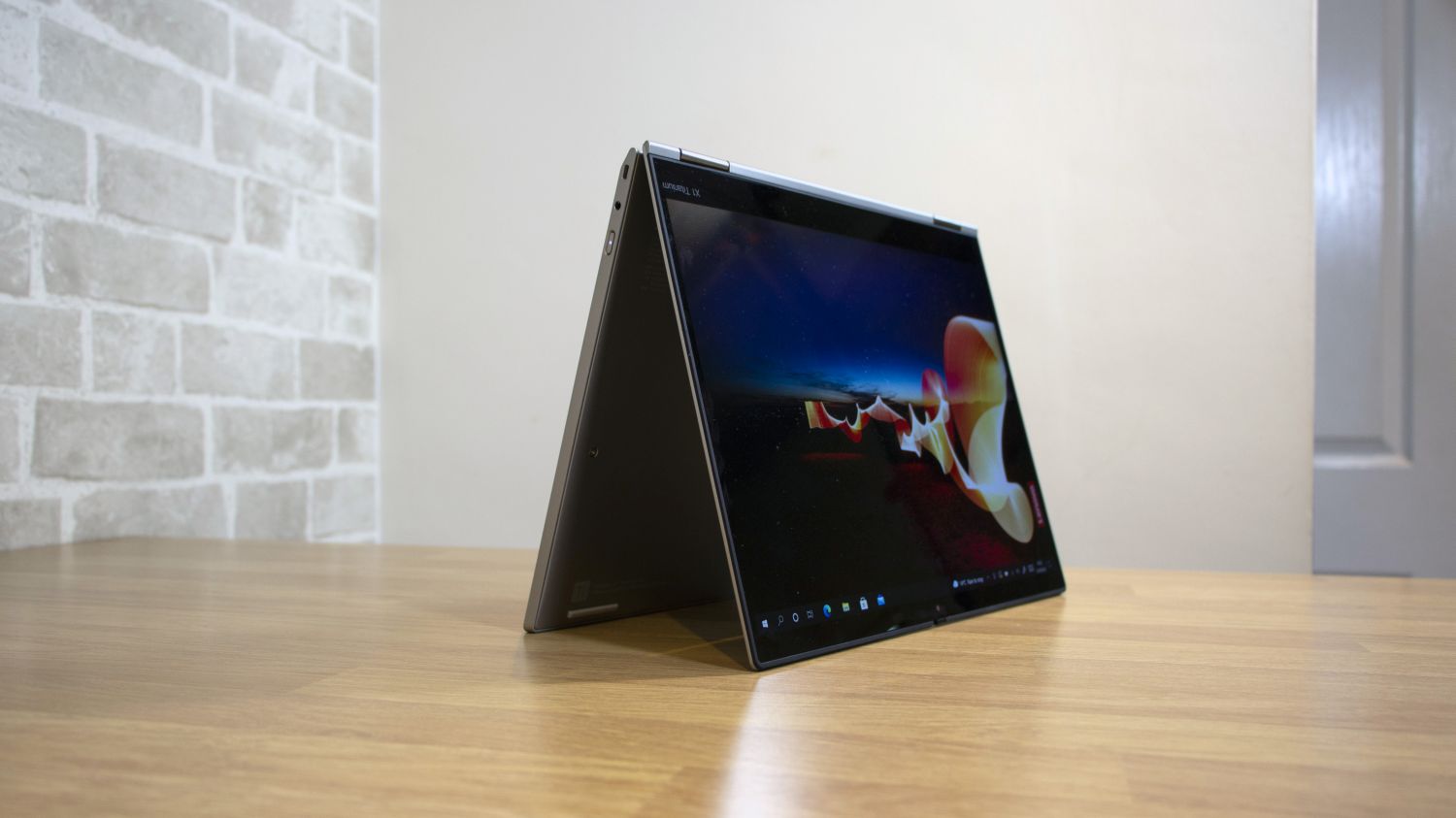
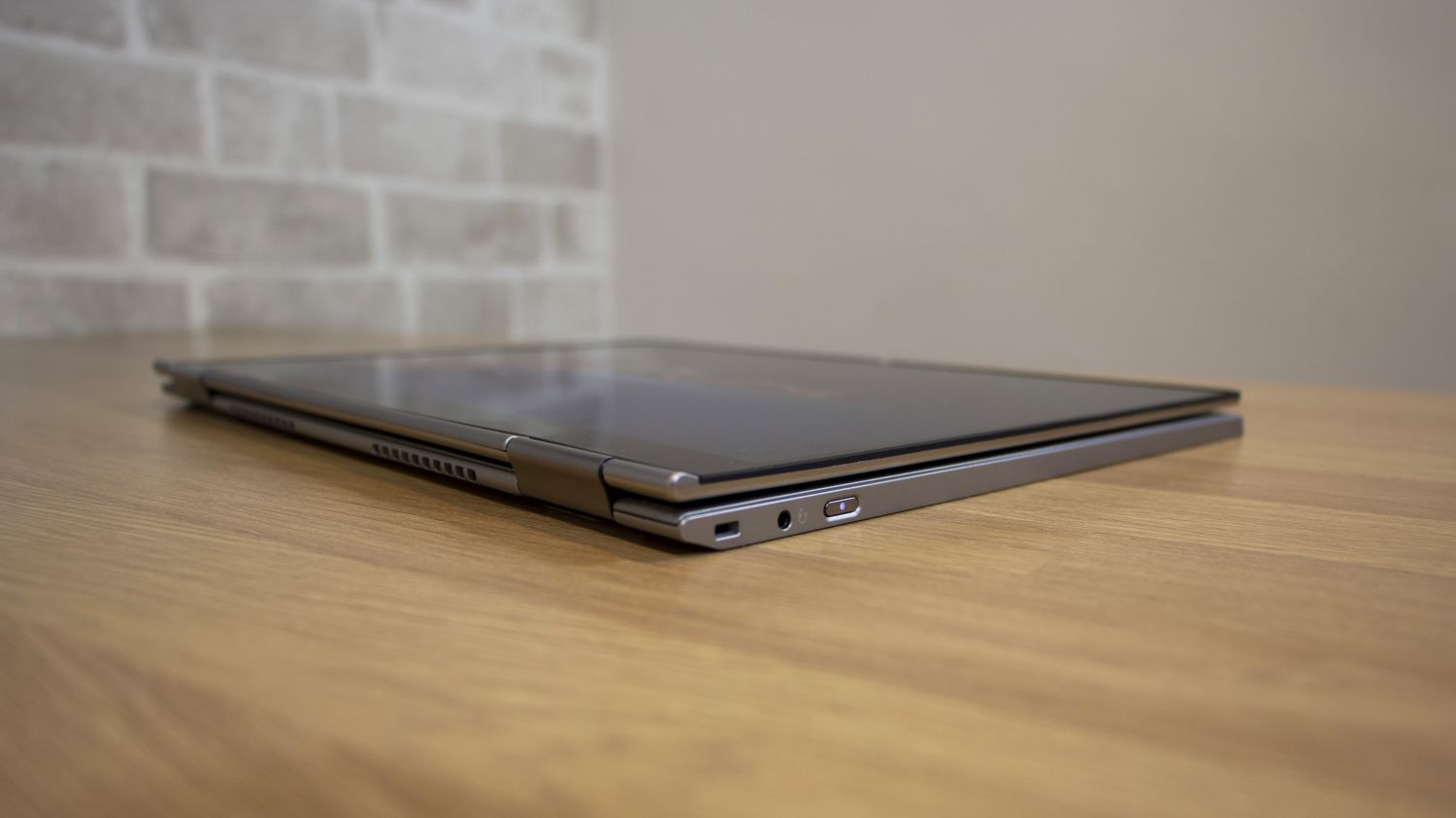
Everyone knows the Lenovo ThinkPad. It’s the iconic business notebook, and has been a recognisable force for decades.
The company has kept producing great machines as the laptop market has diversified, and the ThinkPad X1 Titanium Yoga is its latest attempt to embrace the future while maintaining classic ThinkPad design.
It looks and feels fantastic, with a body that actually uses titanium, but it’s not cheap: the X1 reviewed here costs a hefty £1,814 exc VAT, and even the cheapest version of this machine costs £1,392 exc VAT.
Lenovo ThinkPad X1 Titanium Yoga review: Design
It’s certainly stylish, though. Lenovo has mixed titanium, carbon-fibre and magnesium alloy to create a chassis that’s just 11.5mm thin. Lenovo says that it’s the thinnest ThinkPad ever made, and the X1 is incredibly svelte. It only weighs 1.15kg, so that also makes this machine one of the lighter convertibles in its category, and the machine feels virtually weightless.
Thankfully, the Lenovo’s tiny size doesn’t mean flimsy build quality. There’s a little movement in the base and lid, but it’s not enough to prove worrying. The Lenovo has passed the MIL-STD-810G tests, so it’s been tested to withstand drops, falls, impacts, differing temperatures and liquid spills. You can sling the X1 into a bag with confidence – and it won’t weigh you down.

The X1’s body combines metallic surfaces with some classic ThinkPad design: the lid and wrist-rest both bear the familiar diagonal logos, and the signature red TrackPoint occupies its usual place in the middle of the keyboard.
However, while it’s slim, light and has that familiar ThinkPad appeal, the X1 Titanium’s competitors look far more attractive. The MSI Summit E13 Flip Evo and Asus ZenBook Flip S UX371 have sleek bronze-tinged bodies, and the Apple MacBook Air and Dell XPS 13 2-in-1 look better across the board.
Lenovo ThinkPad X1 Titanium Yoga review: Keyboard and trackpad
ThinkPads have historically boasted excellent keyboards, and that remains true on the X1. This is satisfying typing hardware: the buttons are fast and crisp, and they actuate so quickly that they practically bounce back when pressed. They’re crisper than those on both the ZenBook Flip S and MSI notebooks, and easily the equal of Apple and Dell’s machines.
The slim X1 does make some typing compromises, though. The keys have got 1.3mm of travel rather than the 1.5mm used on other ThinkPad X1 notebooks, so the keys don’t hammer down with the firmness of other Lenovo models. There’s no numberpad either.
Lenovo has installed a haptic trackpad on the X1, however, presumably to avoid physical movement and contribute to the Yoga’s slim body. That’s a solid idea on paper, but the pad isn’t very good: it’s not particularly big, the surface is a bit too rough, and you need to use a little too much force to register a button press.

Lenovo ThinkPad X1 Titanium Yoga review: Display
Another noteworthy change is that Lenovo’s machine now uses a 3:2 aspect ratio, which is an increasingly common option that gives users more vertical space than on conventional 16:9 laptop panels. It’s easy enough to flip the 13.5in display into tablet mode and the display is responsive and accurate, especially if used with the included stylus.
The resolution of 2,256 x 1,504 delivers a density level of 201ppi, which is excellent and means this display is sharp. You’ll only get more pixels if you step up to the ZenBook’s 4K screen or the XPS 13 2-in-1’s optional 3,840 x 2,400 display.
Quality levels are terrific: the panel’s peak brightness level of 446cd/m2 easily enables indoor and outdoor use, and the black point of 0.26cd/m2 is decent. The contrast ratio of 1,715:1 is a top-notch result for an IPS panel, and means images, web pages and videos look bright and bold.
The colour temperature of 6544K is good, too, the Delta E of 2.18 is perfectly acceptable, and the Lenovo’s panel rendered 95.3% of the sRGB colour gamut at 99.9% volume. Colours are accurate on this display, and the screen is vibrant without becoming oversaturated. The panel only rendered 70% of the DCI-P3 and Adobe RGB gamuts, but this machine isn’t designed for photo-editing or design work, so that’s not a big deficiency.
Mainstream users won’t be affected by the lack of DCI-P3 and Adobe RGB ability, and the rest of the Lenovo’s great benchmark results mean this is a very capable everyday display. Rivals, though, are better in some regards: the Asus paired its higher resolution with better gamut coverage and brightness, and the MSI had better quality, albeit at a lower resolution.

Lenovo ThinkPad X1 Titanium Yoga review: Hardware and performance
The display is well-suited to mainstream creative work, and the Core i7-1160G7 processor is a good option here too. It’s got four Hyper-Threaded cores, a Turbo speed of 4.4GHz and a base clock that runs at speeds between 0.9GHz and 2.1GHz, as well as Intel Iris Xe graphics. The chip’s TDP only runs between a comparatively limited 7W and 15W though, so expect frugal, low-power performance rather than benchmark-breaking speed.
The specification is completed by 16GB of dual-channel LPDDR4 memory and a 512GB SSD that returned read and write speeds of 2,233MB/sec and 1,511MB/sec. Although these are respectable speeds, they’re significantly behind what you’d get from PCI-E 4 storage, which would deliver better boot and loading times, particularly for large databases or storage-heavy creative work.
The ThinkPad delivered an overall benchmark score of 93 in our performance tests, which is decent: better than the Asus, which suffered with throttling. It’s not the best score we’ve seen, though – the MSI Summit E13 Flip Evo returned an overall score of 141 thanks to its meatier Core i7-1185G7 chip. In Geekbench 5 the ThinkPad returned single- and multi-core scores of 1,436 and 4,027. Those results are fine, and on par with the Asus after its CPU had been throttled.
There’s enough power here to handle everyday tasks: the Lenovo never balked at switching between large numbers of browser tabs, and it’ll tackle Office applications and some light photo-editing. But it’s easy to find more power elsewhere: that MSI Summit is miles quicker, and the Apple M1 CPU inside the MacBook Air was 20% faster in the single-core Geekbench test and a mighty 85% quicker in the multi-core run. On the other hand, the ThinkPad was an impressive thermal performer, with no external heat or noise issues in the trickiest work benchmarks.
The chilled thermal performance was paired with reasonable battery life and in our video looping test, the ThinkPad lasted for 11hrs 16mins. That’s easily enough to get you through a busy working day and it’s about level with the Asus and MSI machines, but it’s an hour behind the MacBook.

Lenovo ThinkPad X1 Titanium Yoga review: Ports and features
The ThinkPad is an odd mishmash of features, with some welcome additions alongside some odd and irritating omissions.
Above the display is a webcam with a privacy shutter, Windows Hello support and human-presence detection, and security is handled by TPM 2.0, a fingerprint reader and a Kensington Lock slot. You’ll get some extra peace of mind from the generous three-year warranty too.
Connectivity is covered by dual-band Wi-Fi 6 and Bluetooth 5.0, and you can pay either £108 exc VAT or £275 exc VAT to add 4G or 5G modems. The upward-firing speakers are fine, with surprising bass and solid mid-range clarity – easily good enough for casual media.
Physical connectivity, however, is underwhelming. The X1 has two Thunderbolt 4 ports that handle lightning-fast file transfers alongside display outputs, but the only other connection is a headphone jack. One of those Thunderbolt connections will be needed to power the laptop, and you don’t get full-size USB ports or an HDMI output.
If you want to attach a mouse and extra storage, for instance, you’re going to be relying on loads of dongles, and Lenovo doesn’t include any in the box. The power button is irritating, too: it’s on the right-hand edge of the machine and it’s so shallow that it’s hard to tell you’ve even touched it.

Several rivals are better here. The MSI Summit has a microSD card slot, the ZenBook includes an HDMI output, and both have full-size USB ports. Even the minimalist Dell machine includes a card reader.
Lenovo ThinkPad X1 Titanium Yoga review: Verdict
Lenovo has succeeded in producing the slimmest ThinkPad ever, and the eminently portable X1 has a robust design and a smooth convertible action. Elsewhere, it has a great keyboard, a bright display with a helpful aspect ratio and good security features.
There are too many areas where this machine is merely ordinary, though. The low-power processor is fine for everyday computing but nothing more, and the ThinkPad lacks the physical connectivity offered by rivals. Battery life is fine but not outstanding, and the haptic trackpad isn’t particularly good. This machine is expensive, too: several rival machines are significantly cheaper.
The Lenovo ThinkPad X1 Titanium Yoga has impressive design, a good display and a satisfying keyboard, but the high price and inconsistencies elsewhere make it hard to recommend unless you need the slimmest, lightest laptop you can get your hands on.
Lenovo ThinkPad X1 Titanium Yoga specifications
| Processor | 0.9GHz – 2.1GHz Intel Core i7-1160G7 |
| RAM | 16GB LPDDR4 |
| Graphics | Intel Iris Xe |
| Storage | 512GB Kioxia BG4 SSD |
| Display | 13.5in 2,256 x 1,504 touch IPS |
| Operating system | Windows 10 Home 64-bit |
| Connectivity | Dual-band 802.11ax WiFi, Bluetooth 5.1 |
| Ports | 2 x Thunderbolt 4, 1 x audio |
| Dimensions | 298 x 232 x 11.5mm (WxDxH) |
| Weight | 1.15kg |
| Warranty | 3yr RTB |
Get the ITPro daily newsletter
Sign up today and you will receive a free copy of our Future Focus 2025 report - the leading guidance on AI, cybersecurity and other IT challenges as per 700+ senior executives
Mike Jennings has worked as a technology journalist for more than a decade and has been fascinated by computers since childhood, when he spent far too long building terrible websites. He loves desktop PCs, components, laptops and anything to do with the latest hardware.
Mike worked as a staff writer at PC Pro magazine in London for seven years, and during that time wrote for a variety of other tech titles, including Custom PC, Micro Mart and Computer Shopper. Since 2013, he’s been a freelance tech writer, and writes regularly for titles like Wired, TechRadar, Stuff, TechSpot, IT Pro, TrustedReviews and TechAdvisor. He still loves tech and covers everything from the latest business hardware and software to high-end gaming gear, and you’ll find him on plenty of sites writing reviews, features and guides on a vast range of topics.
You can email Mike at mike@mike-jennings.net, or find him on Twitter at @mikejjennings
-
 ‘Phishing kits are a force multiplier': Cheap cyber crime kits can be bought on the dark web for less than $25 – and experts warn it’s lowering the barrier of entry for amateur hackers
‘Phishing kits are a force multiplier': Cheap cyber crime kits can be bought on the dark web for less than $25 – and experts warn it’s lowering the barrier of entry for amateur hackersNews Research from NordVPN shows phishing kits are now widely available on the dark web and via messaging apps like Telegram, and are often selling for less than $25.
By Emma Woollacott Published
-
 Redis unveils new tools for developers working on AI applications
Redis unveils new tools for developers working on AI applicationsNews Redis has announced new tools aimed at making it easier for AI developers to build applications and optimize large language model (LLM) outputs.
By Ross Kelly Published
-
 Google layoffs continue with "hundreds" cut from Chrome, Android, and Pixel teams
Google layoffs continue with "hundreds" cut from Chrome, Android, and Pixel teamsNews The tech giant's efficiency drive enters a third year with devices teams the latest target
By Bobby Hellard Published